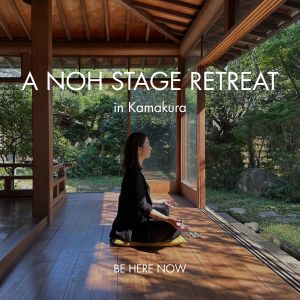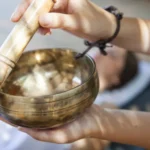Autumn Wellness Activities
Immerse Yourself in Japanese Traditional Culture to Sharpen Your Senses and Creativity
As the nights grow longer in autumn, it’s the perfect time to experience traditional Japanese arts like Kodo (the way of incense) or Sado (the tea ceremony). The delicate fragrance of incense and the quiet movements involved in preparing tea bring a deep sense of calm to your mind and enhance your mental focus. Autumn is also a season for
art, so take some time for self-reflection by practicing calligraphy or composing haiku.
Through these traditional Japanese forms of expression, you can deepen your introspection and achieve a steadfast inner tranquility.
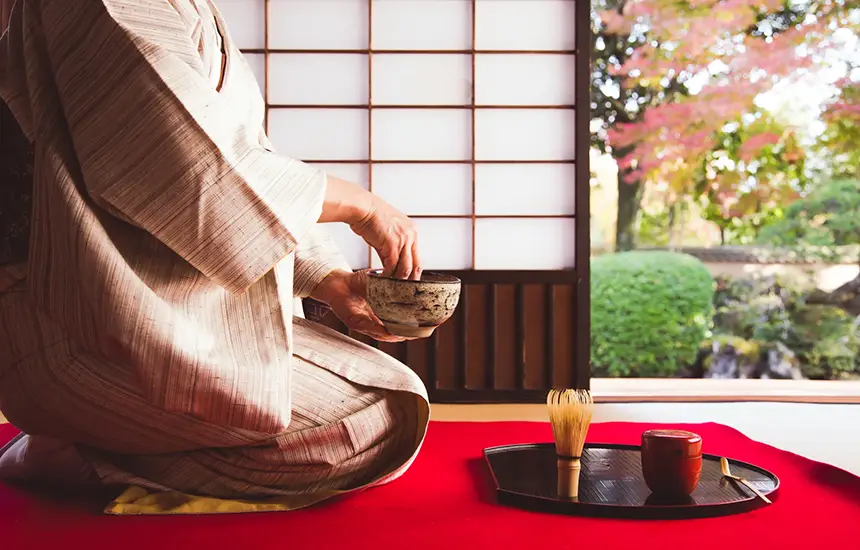
Seasonal Ingredients to Nourish the Body
Japanese autumn blesses you with an abundance of nutritious and body-hydrating seasonal ingredients. As rice harvest season, autumn brings the rich aroma of new rice along with a wealth of seasonal mushrooms (shiitake, maitake, matsutake, etc.), root vegetables (taro, burdock, lotus root, etc.), and fish like Pacific saury and salmon. These ingredients help to heal the summer fatigue and restore your energy. Autumn fruits such as persimmons, pears, chestnuts, and grapes are rich in vitamins and minerals, helping to replenish moisture lost during summer and prevent dry skin.
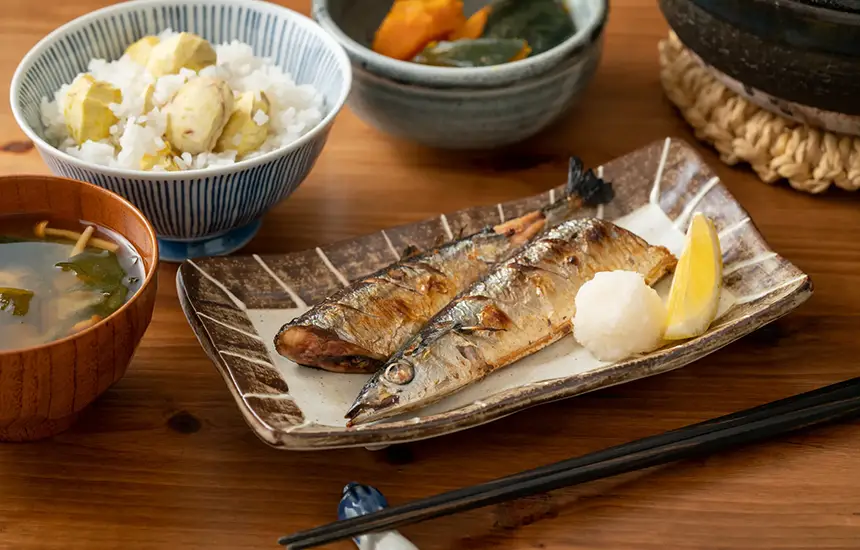
Autumn Foliage Viewing and Nature Walks
Autumn in Japan is enveloped in the breathtaking beauty of autumn leaves. Going “momiji-gari” (autumn leaf viewing) and strolling through the red and yellow gradients of maple and ginkgo trees is a magnificent visual feast that brings deep joy and satisfaction to your heart. Spending time in the clear air and vibrant colors helps to heal the daily fatigue accumulated in your mind, leaving you feeling refreshed and invigorated.
Serene Japanese gardens and valleys with clear streams are also ideal places for meditation, allowing you to experience autumn nature with all your senses. Listen to the chirping of birds and the sound of the wind, and spend a peaceful time. Visiting outdoor art events or places where autumn leaves blend with contemporary art can also be a valuable experience. By simultaneously experiencing the beauty woven by nature and culture, your sensibility will be stimulated, and your perspective on things may broaden.
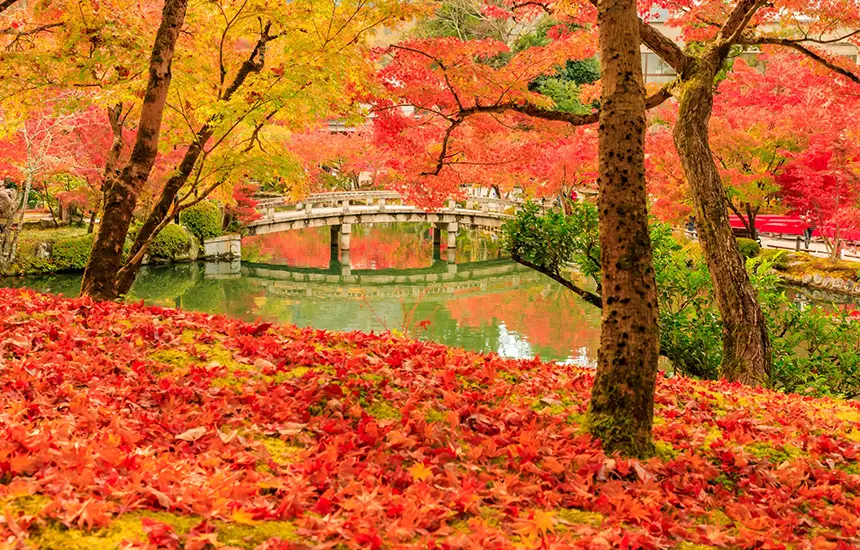
Autumn Wellness Information for Each Area
Kyoto: The Charm of an Ancient Capital and Autumn Leaves
Kyoto, with its historic temples and gardens adorned with autumn leaves, is a symbolic place for autumn wellness. Strolling through Kiyomizu-dera Temple, Arashiyama Bamboo Grove, and Tenryu-ji Temple allows you to feel the harmony of Japanese aesthetics and nature. Furthermore, by experiencing matcha tea and tasting shojin-ryori (vegetarian Buddhist cuisine), your mind will become calm, and you will feel as if your body is purified from within.
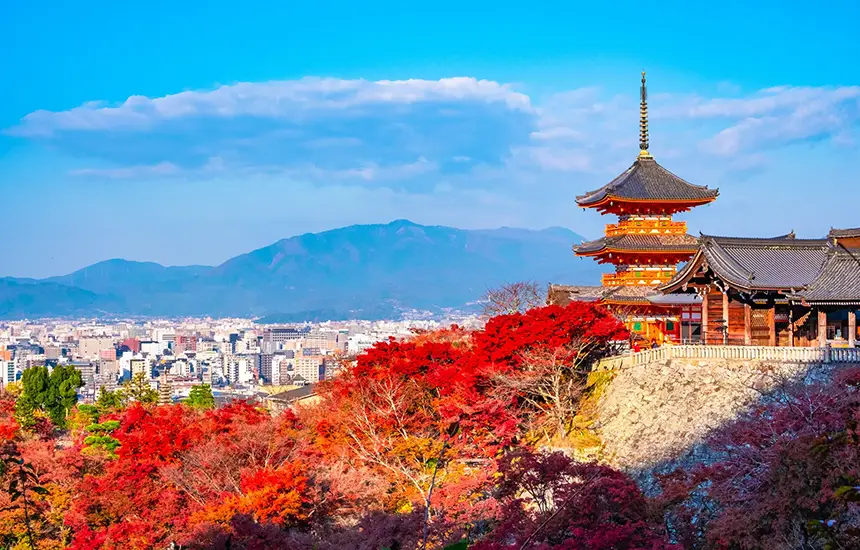
Tohoku: Secluded Onsen and the Abundant Blessings of Nature
Tohoku’s autumn is charming for its vibrant autumn foliage and rustic onsen (hot springs) in nature. Trekking in famous autumn foliage spots like Hachimantai and Naruko Gorge allows you to breathe in the clear air and be enveloped in magnificent scenery, providing a deep mind-body refresh. Savoring local cuisine and engaging in onsen therapy will heal summer fatigue and prepare your body for winter.
Mount Fuji: Majestic Scenery and Meditation
Autumnal Mount Fuji, before its snow cap appears, is stunning with the surrounding autumn foliage. The view from Lake Kawaguchi or Lake Yamanaka calms the mind and provides a meditative experience. Cycling or walking along the lakesides is also a great opportunity to move your body in beautiful nature.
Seto Inland Sea: Mild Climate and Art Islands
The Seto Inland Sea in autumn has a mild and pleasant climate, allowing you to enjoy a blend of art and nature. Visiting art islands such as Naoshima and Teshima, and experiencing the coastal scenery and contemporary art, will broaden your everyday perspective and give your heart new vitality. Savoring fresh seafood is also an important part of the sensory wellness experience unique to this region.
Autumn Practices to Learn from Japanese Tradition
Regulating Your Health with Early to Bed, Early to Rise
Aim to regulate your rhythm, which can be disrupted during the summer, by going to bed early and waking up early with the sunrise. This is said to improve your body’s rhythm, lead to deeper sleep, and boost immunity.
Improve Gut Health with Fermented Foods
Traditional Japanese fermented foods such as miso, soy sauce, and pickles are excellent for regulating gut health and boosting immunity. Especially, new miso made in autumn has a special aroma and umami that can only be tasted this season, helping you manage your health during the changing seasons.
Traditional “Onkatsu” (Warming Activities)
As temperatures begin to drop in autumn, “onkatsu,” or warming your body from the inside, becomes especially important. Autumn hot springs are ideal for slowly healing summer fatigue and preparing your body for winter. Soaking in a hot spring promotes blood circulation and is expected to improve sensitivity to cold, while also relieving mental tension and bringing deep peace. Even if a full bath is difficult, a foot bath or half bath at home are easy ways to warm your body and enhance relaxation. Adding a few drops of essential oil can further boost the effect.
Incorporating warm drinks that have a warming effect on the body, such as ginger tea, hojicha, and bancha, is also effective. Additionally, you can consciously include ingredients with warming properties in your meals, such as pumpkin, ginger, and garlic.
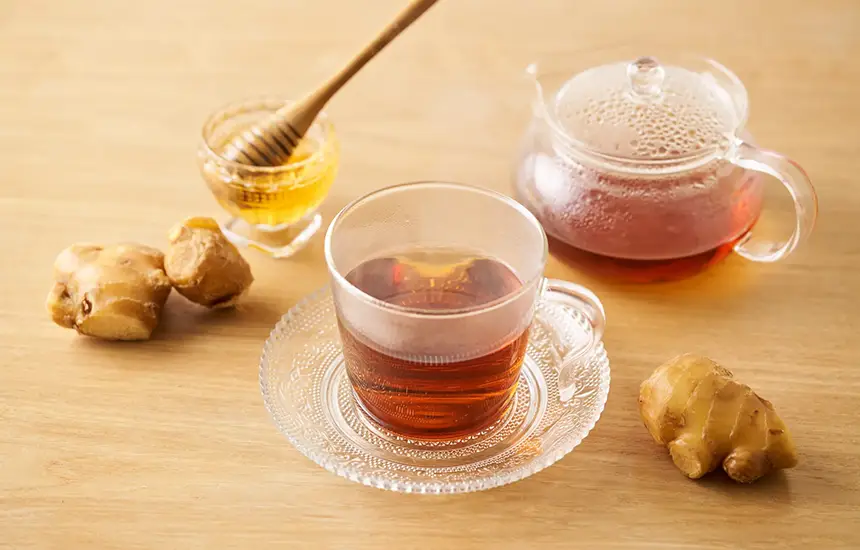





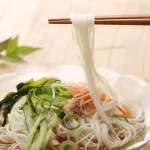
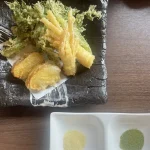
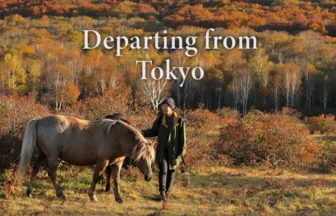
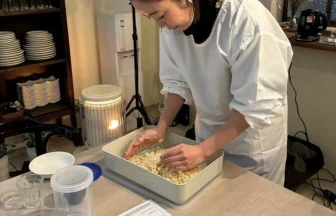
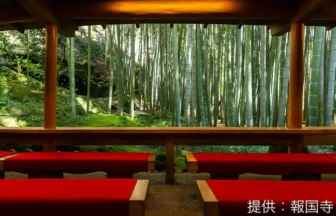

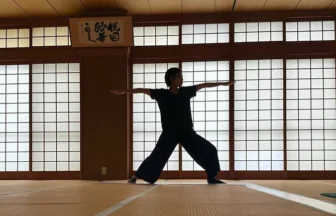
 Sponsored
Sponsored

